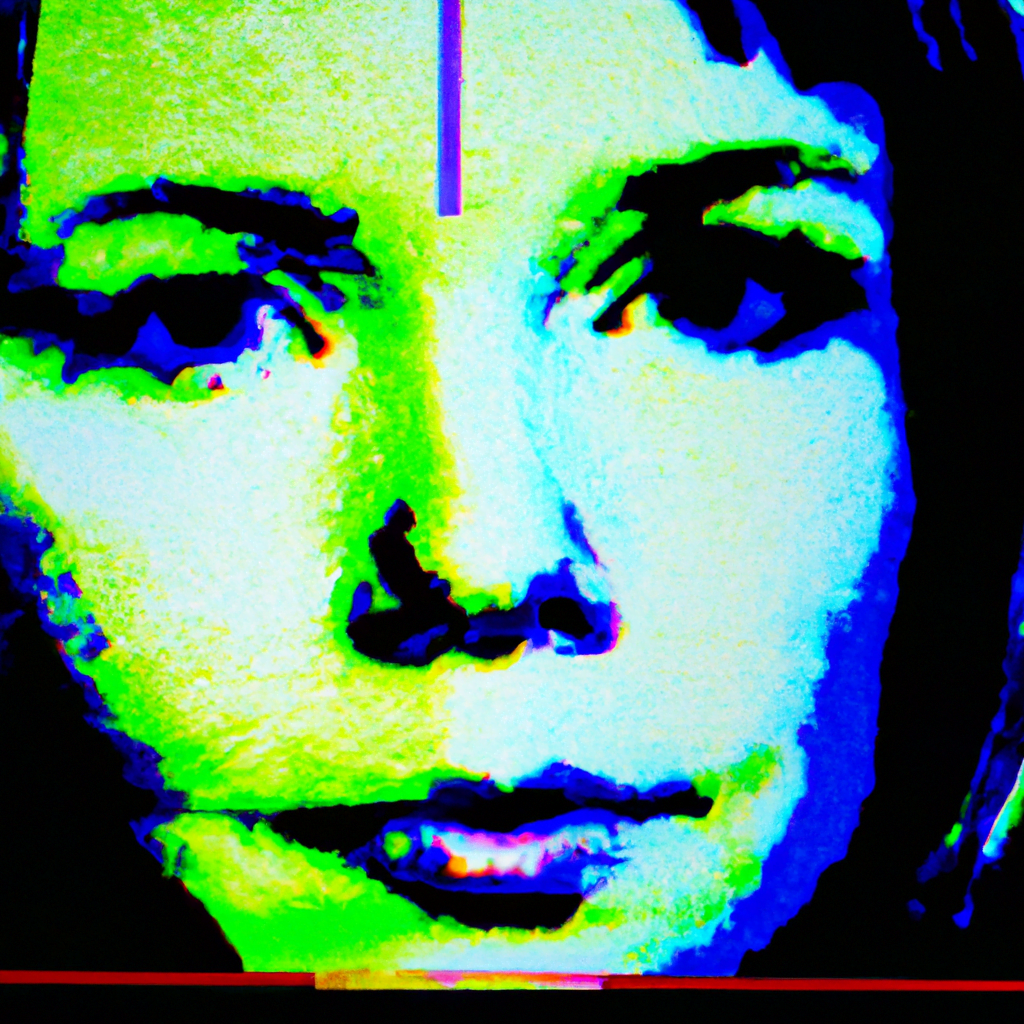
AI in Music Album Cover Design: Automated Visualizations

Music album covers have always played a crucial role in capturing the essence of an artist’s work and attracting potential listeners. These visual representations serve as a gateway to the music, conveying emotions, themes, and artistic style. In recent years, the integration of artificial intelligence (AI) in music album cover design has revolutionized the way artists and designers approach visualizations. This article explores the impact of AI in music album cover design, highlighting its benefits, challenges, and potential future developments.
The Rise of AI in Music Album Cover Design
Artificial intelligence has made significant advancements in various creative fields, including music composition, production, and now, album cover design. With the ability to analyze vast amounts of data, recognize patterns, and generate unique visuals, AI algorithms have become powerful tools for artists and designers.
One notable example of AI in music album cover design is the collaboration between Grammy-winning musician Taryn Southern and the AI platform Amper Music. Southern used Amper’s AI technology to compose and produce her album “I AM AI,” which explores the intersection of music and AI. The album cover, designed using AI algorithms, reflects the futuristic and experimental nature of the music.
The Benefits of AI in Music Album Cover Design
1. Efficiency and Time-Saving: AI algorithms can generate album cover designs quickly, saving artists and designers valuable time. Instead of spending hours or days brainstorming and creating visuals, artists can focus more on their music and let AI handle the design process.
2. Unlimited Creativity: AI algorithms have the ability to generate an infinite number of unique designs, pushing the boundaries of creativity. This allows artists to explore new visual concepts and experiment with different styles, ultimately finding the perfect representation for their music.
3. Personalization: AI algorithms can analyze an artist’s music, lyrics, and even social media presence to create personalized album covers that align with their brand and artistic vision. This level of personalization helps artists establish a cohesive visual identity and connect with their audience on a deeper level.
Challenges and Limitations
While AI in music album cover design offers numerous benefits, it also presents some challenges and limitations that need to be considered:
1. Subjectivity: Design is subjective, and what appeals to one person may not resonate with another. AI algorithms may struggle to capture the nuanced artistic vision of an artist, leading to generic or unrepresentative designs.
2. Overreliance on Data: AI algorithms heavily rely on data for generating designs. If the input data is biased or limited, the generated designs may lack diversity and originality. It is crucial to ensure a diverse dataset to avoid algorithmic biases.
3. Loss of Human Touch: AI-generated designs lack the human touch and emotional connection that traditional handcrafted designs can offer. Some artists and designers may prefer the authenticity and uniqueness that comes with manually creating album covers.
The Future of AI in Music Album Cover Design
As AI continues to evolve, we can expect further advancements in music album cover design. Here are some potential future developments:
1. Improved Personalization: AI algorithms will become more sophisticated in analyzing an artist’s brand, music, and audience preferences to create highly personalized album covers that resonate with listeners on a deeper level.
2. Collaboration between AI and Designers: Rather than replacing designers, AI will likely serve as a powerful tool for collaboration. Designers can leverage AI algorithms to generate initial concepts and then add their creative touch to refine and enhance the designs.
3. Integration of Augmented Reality (AR): With the rise of AR technology, artists may incorporate interactive elements into their album covers. AI algorithms can assist in creating dynamic visuals that come to life when viewed through AR-enabled devices.
Conclusion
The integration of AI in music album cover design has opened up new possibilities for artists and designers. While AI algorithms offer efficiency, unlimited creativity, and personalization, they also come with challenges such as subjectivity and the loss of human touch. However, as AI continues to advance, we can expect improved personalization, collaboration between AI and designers, and the integration of AR technology in album covers. Ultimately, AI in music album cover design is a powerful tool that can enhance the visual representation of an artist’s work and captivate listeners in new and exciting ways.
